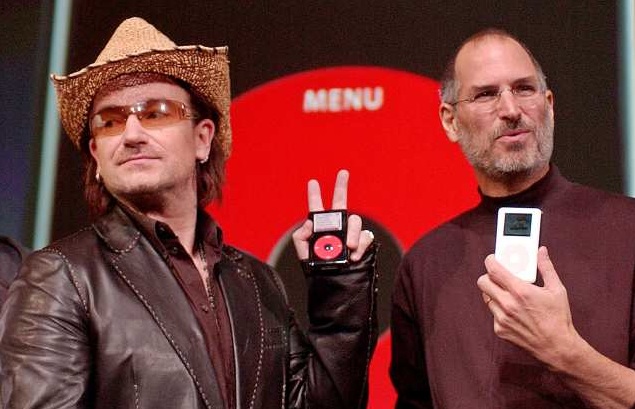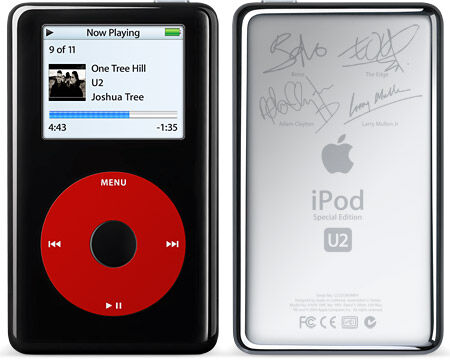Since 2001, a number of different types of iPods have emerged from Apple's workshop. Music players from Apple differed from each other in terms of capacity, size, design and materials used. In today's article, we will briefly recall one of the fourth generation iPods, nicknamed iPod Photo.
It could be interest you

Apple introduced its iPod Photo on October 26, 2004. It was a premium version of the standard fourth generation iPod. The iPod Photo was equipped with an LCD display with a resolution of 220 x 176 pixels and the ability to display up to 65536 colors. The iPod Photo also offered support for JPEG, BMP, GIF, TIFF, and PNG image formats, and when connected to a TV or some types of external display using a TV cable, a photo slideshow could be mirrored. With the arrival of iTunes version 4.7, users also got the option of synchronizing photos from a folder from the native iPhoto application on Macintosh or from Adobe Photoshop Album 2.0 or Photoshop Elements 3.0 for personal computers with the Windows operating system.
In addition, the iPod Photo also offered the ability to play music in MP3, WAV, AAC / M4A, Protected AAC, AIFF and Apple Lossless formats, and it was possible to copy the contents of the address book and calendar to it after synchronization via iSync software. The iPod Photo also offered the ability to store text notes, an alarm clock, a clock and a sleep timer, and included the games Brick, Music Quiz, Parachute and Solitaire.
"Your complete music and photo library in your pocket," was the advertising slogan used by Apple to promote its new product. The reception of the iPod Photo was entirely positive, and it was praised not only by ordinary users, but also by journalists, who evaluated the new Apple player mostly very well. iPod Photo was released in two special editions - U2 and Harry Potter, which still occasionally appear for sale on various auction and other similar servers.

